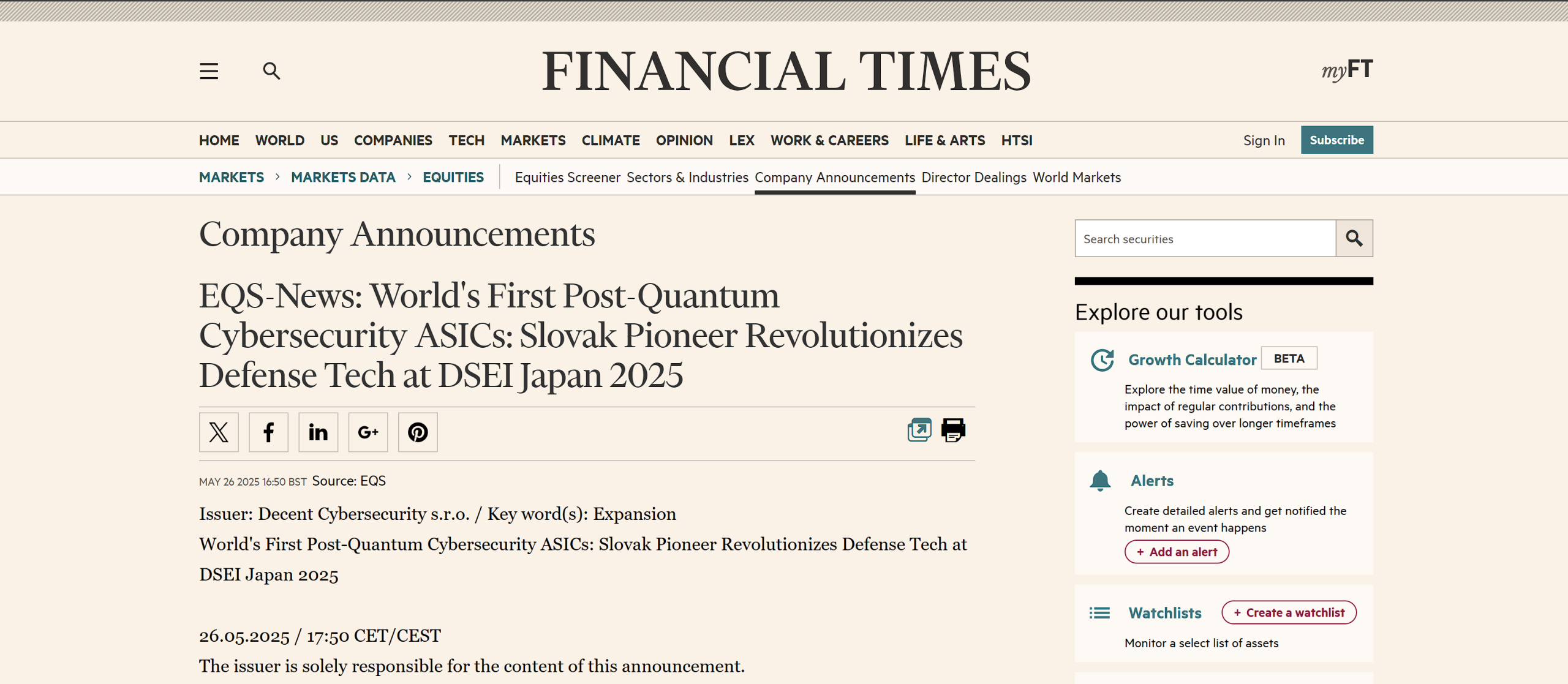In the digital landscape of 2024, the rise of quantum computing presents both opportunities and challenges, particularly in the realm of social media. As quantum technology continues to evolve, its potential to compromise existing cryptographic standards calls for an urgent shift to quantum-resistant cryptography in social media platforms. This article explores the necessity of this transition and the approaches being adopted to secure social media communications against quantum threats.
Urgency for Quantum-Resistant Cryptography in Social Media
Social media platforms, with their vast troves of personal and sensitive data, are prime targets for cyberattacks. Quantum computing poses a significant threat to the encryption that currently protects this data. The ability of quantum algorithms to break traditional encryption methods like RSA and ECC could leave social media users vulnerable to privacy breaches, data theft, and manipulative misinformation campaigns.
Approaches to Quantum-Resistant Cryptography in Social Media
Post-Quantum Cryptographic Algorithms: The development and implementation of post-quantum cryptographic algorithms are at the forefront of securing social media platforms. These algorithms, based on mathematical problems deemed difficult for quantum computers to solve, are being integrated into social media security infrastructures.
Hybrid Cryptographic Models: Combining traditional encryption methods with quantum-resistant algorithms offers a layered security approach. This hybrid model provides robust protection against both current and future computational threats.
Secure User Authentication: Enhancing user authentication processes with quantum-resistant methods is critical. This could involve the use of advanced cryptographic protocols for user verification and secure account access.
Regular Security Updates and Audits: Given the rapidly evolving nature of quantum computing, social media platforms must commit to regular security updates and audits. This proactive approach ensures that the platforms stay ahead of potential quantum computing threats.
Challenges in Implementing Quantum-Resistant Cryptography
Technological Integration and Cost: Updating social media platforms to support quantum-resistant cryptography involves significant technical challenges and financial investments.
Global Standardization: The absence of global standards for post-quantum cryptography complicates the process of securing social media platforms uniformly across different regions.
User Awareness and Adaptation: Educating users about quantum threats and encouraging them to adopt new security measures is essential for effective implementation.
Conclusion
In 2024, the integration of quantum-resistant cryptography in social media is not just a technical necessity but a critical step towards safeguarding digital privacy and security in the quantum era. While the challenges of technological integration, standardization, and user adaptation persist, the proactive shift to quantum-resistant models is imperative. As social media continues to play a central role in information dissemination and interpersonal communication, securing these platforms against quantum threats is crucial for maintaining trust, privacy, and the overall integrity of online interactions. The journey towards quantum-resistant social media is a collective responsibility, requiring collaboration among tech companies, cybersecurity experts, and users to navigate the complexities of this new digital frontier.







